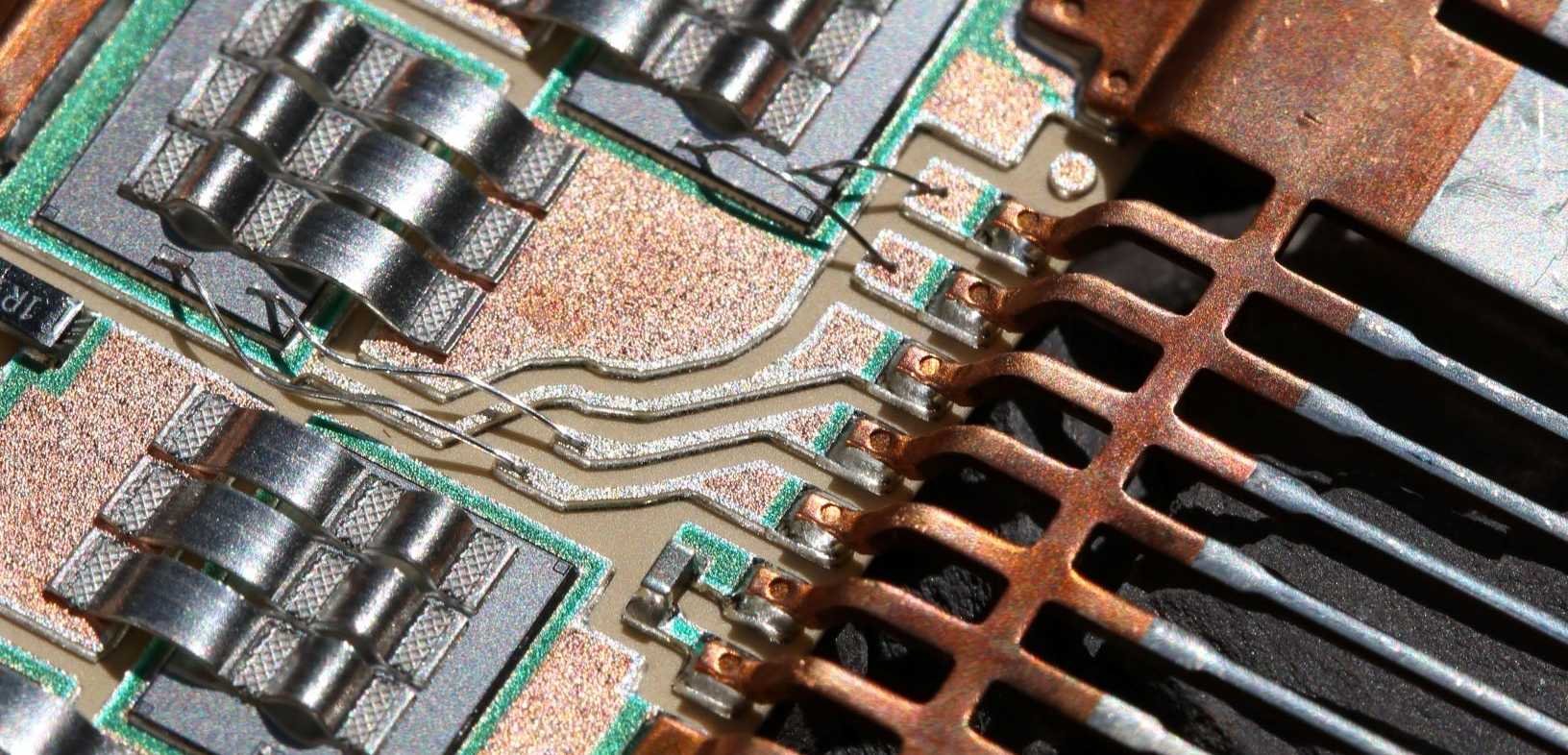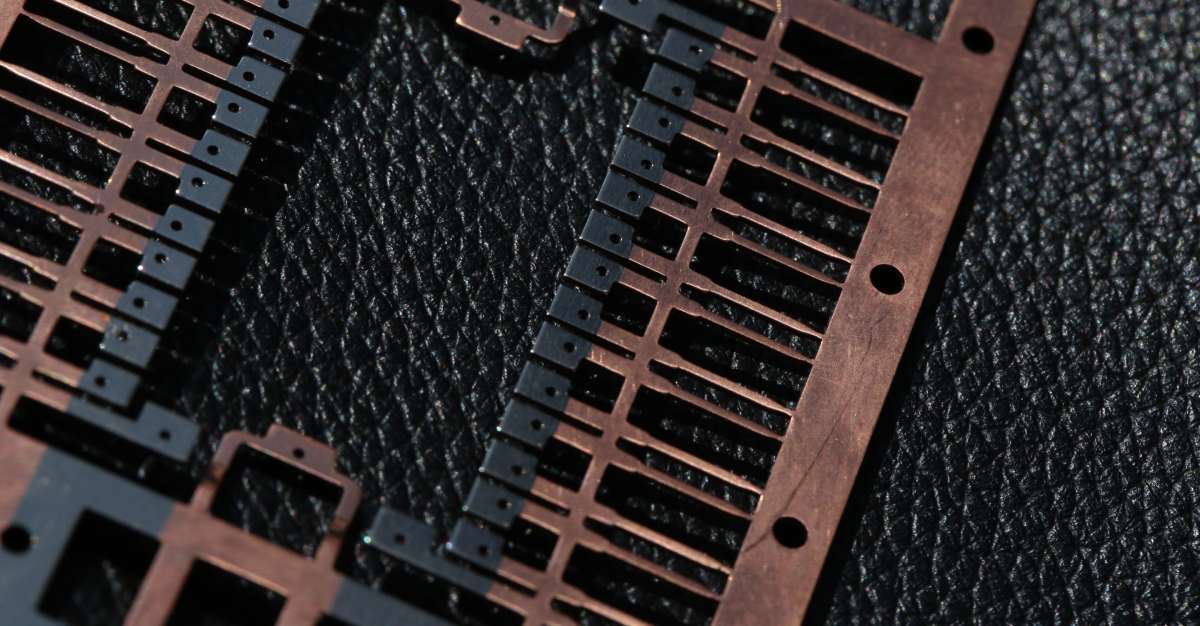Crafting Excellence: Reliable Stamping Techniques for the Electronics Industry
Introduction In the fast-paced and ever-evolving electronics industry, the demand for precision and reliability in component manufacturing is a top...
Brands are choosing us to partner with them to bring innovate products to market quickly and cost effectively.
Working on a Prototype and need expert input, why not get in touch and talk with our experts.
2 min read
Batten & Allen Mar 18, 2024 8:16:53 AM
In the intricate world of electronics, material selection plays a pivotal role in determining the performance, reliability, and longevity of electronic devices. From smartphones to spacecraft, the materials used in electronic components can significantly impact their functionality and durability. However, amidst the vast array of options available, there are common pitfalls that designers and engineers must avoid to ensure optimal outcomes.
Let's delve into some material selection mistakes in electronics and strategies to sidestep them.
One of the most common mistakes in material selection is failing to account for the operating environment of the electronic device. Whether it's extreme temperatures, humidity, or exposure to corrosive substances, environmental factors can degrade materials and compromise performance.
To avoid this mistake, thoroughly analyse the intended usage conditions and select materials with appropriate resistance to environmental stressors. Additionally, consider protective coatings or encapsulation techniques to enhance durability.
Electrical conductivity, dielectric strength, and thermal conductivity are crucial electrical properties that directly impact the performance of electronic components. Neglecting to match these properties with the requirements of the application can lead to inefficiencies or even catastrophic failures.
Prioritise materials with suitable electrical characteristics to ensure optimal performance and reliability. Conduct thorough testing and simulations to validate material choices under expected operating conditions.
In a competitive market, cost considerations often influence material selection decisions. While it's essential to manage expenses, compromising on the quality and reliability of materials can have detrimental consequences in the long run.
Opting for cheaper alternatives that lack robustness or longevity may result in frequent malfunctions, warranty claims, and customer dissatisfaction. Strike a balance between cost-effectiveness and reliability by evaluating the total cost of ownership over the product lifecycle.

Electronics comprise various components that interact with each other and the surrounding environment. Failure to consider material compatibility can lead to compatibility issues, such as galvanic corrosion, chemical reactions, or mechanical mismatches.
Ensure that selected materials are compatible with each other and with adjacent components to prevent performance degradation or premature failure. Conduct compatibility tests and consult material compatibility charts to make informed decisions.
Material availability, lead times, and geopolitical factors can introduce significant risks into the supply chain. Relying on materials sourced from a single supplier or region increases vulnerability to disruptions such as natural disasters, trade disputes, or market fluctuations.
Diversify your supply chain and establish contingency plans to mitigate risks associated with material procurement. Maintain open communication with suppliers to stay informed about potential challenges and proactively address issues.
To navigate the complexities of material selection in electronics effectively, collaboration between design, engineering, procurement, and supply chain management is essential.
By avoiding common mistakes and adopting a holistic approach, you can enhance the performance, reliability, and longevity of electronic devices while optimising costs and minimising risks. Remember, the materials you choose today will shape the success of your products tomorrow.
At Batten & Allen, we understand the critical role of material selection in electronic design and offer a comprehensive range of high-quality materials tailored to meet the unique requirements of your applications.
With our expertise and commitment to excellence, we empower you to make informed decisions and achieve superior outcomes in electronic manufacturing. Contact us today to learn more about our materials solutions and how we can support your projects.
In conclusion, by prioritising environmental considerations, electrical properties, reliability, compatibility, and supply chain resilience, you can avoid common material selection mistakes and pave the way for success in electronic design and manufacturing. Choose wisely, and let innovation thrive.

Introduction In the fast-paced and ever-evolving electronics industry, the demand for precision and reliability in component manufacturing is a top...

The success of any electronic product, whether it is a consumer gadget or an industrial device, hinges on the accuracy and reliability of its...

Introduction Among the top priorities for anyone in the business of manufacturing and design engineering are longevity and reliability.